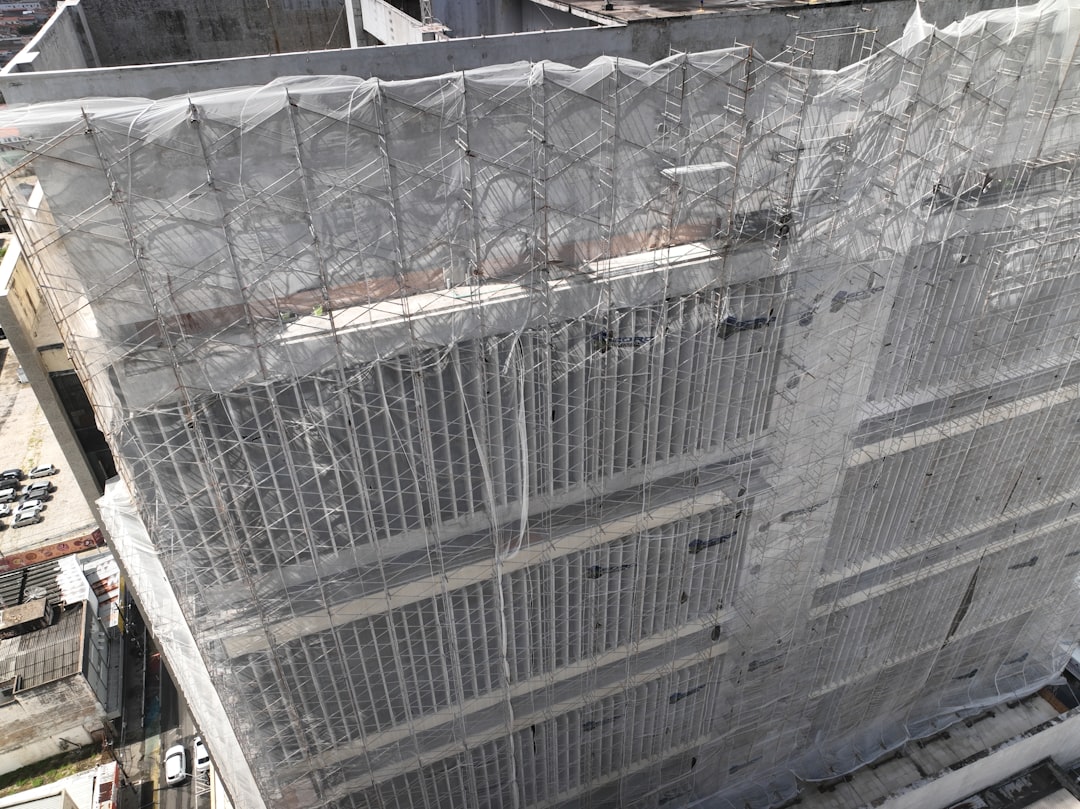
Concrete patios in Louisville, KY, range from $8 to $15 per square foot, depending on design and features. These patios are ideal for expanding outdoor living spaces, offering durability against the region's freeze-thaw cycles. CountBricks specializes in creating concrete patios that withstand Ohio Valley weather, ensuring longevity and aesthetic appeal.
• Durability: Reinforced concrete resists rot and insects better than wood or pavers.
• Low Maintenance: Requires only annual cleaning and occasional sealing.
• Design Flexibility: Options like stamping and staining suit various architectural styles.
• Cost Efficiency: Competitive pricing with AI-driven material estimates.
Louisville's soil requires careful preparation. Freeze cycles necessitate proper slab thickness and reinforcement. CountBricks ensures optimal base preparation and drainage to protect your investment.
Our AI tool provides instant, itemized estimates, using live pricing from local suppliers. This ensures transparency and accuracy in budgeting.
• Stamped Patterns: Choose from textures like ashlar slate or herringbone brick.
• Integral Color: UV-stable pigments reduce fading.
• Lighting: Embedded LED lights add ambiance.
1. Site Visit: Verify measurements and access.
2. Subgrade Prep: Compact base to 98% density.
3. Formwork & Reinforcement: Set forms and tie rebar.
4. Pour & Finish: Place and finish concrete per design.
5. Curing & Sealing: Apply sealer after curing.
• Access: Additional charges for difficult access.
• Decorative Upgrades: Stamping adds 20-30% to costs.
• Permit Fees: Average $85 for patio permits.
• Rinse with mild detergent annually.
• Reapply sealer every 3-4 years.
• Avoid metal-blade shovels on decorative surfaces.
Visit CountBricks.com to schedule an estimate or view our portfolio. From small homes to large estates, we deliver patios that enhance outdoor living.

A 1940s bungalow in Louisville's Highlands district needed a functional outdoor space. The goal was a 400-square-foot stamped concrete patio that complemented the home's brick facade.
• Create an entertainment area for dining and grilling.
• Match existing brick tones with low maintenance.
• Improve drainage to prevent basement dampness.
1. AI Estimate: Generated a $8,950 proposal for a colored and stamped patio.
2. Drainage Engineering: Installed trench drains and sloped the slab for optimal runoff.
3. Rapid Build: Completed the project in 36 hours with a skilled crew.
4. Finishing Touches: Added LED lighting and applied a sealer.
• Seamless integration with the home's design.
• Reduced basement moisture by 18%.
• Hosted a large gathering shortly after completion.
• Schedule pours before high humidity for best results.
• Use integral color to prevent UV fading.
• Plan for future lighting with conduit installation.
For more information, visit CountBricks.com.